“The appropriate measure of farming then is the world’s health and our health, and this is inescapably one measure.The use of nature as measure proposes an atonement between ourselves and our world, between economy and ecology, between the domestic and the wild. Or it proposes a conscious and careful recognition of the interdependence between ourselves and nature that in fact has always existed and, if we are to live, must always exist.” Wendell Berry
By the time the rain and snow stopped last June, we were in a mad scramble to get the farm and office moved up the hill. We’d just finished logging here; we took out over forty trees–mostly sick black oak trees–and had accepted the fact that although we had what would some day look like a farm, we weren’t likely to have any sort of vegetable garden this year. I had not grown any starts, and it was already mid-June.
But one day about a week later, after I’d already let go of growing food for the summer, we decided we had the time and money to put in a small garden. I had a 48 hour window to do it, and while neighbors and friends helped with the tilling, I rushed to Peaceful Valley Farm Supply to get whatever starts and seeds they had. I ended up with nine kinds of tomatoes, several kinds of peppers and four kinds of beans–three bush and one pole. Two kinds of eggplant, tomatillos, four kinds of basil, two kinds of chard, spinach, radishes, carrots, dino kale, two kinds of lettuce, three kinds of strawberries, sage, dill, Italian parsley, oregano, marjoram, sunflowers, cosmos, coreopsis, zinnias and morning glories. I’d saved most of the flower seeds from the old farm, but everything else came off the shelf, and I had to take what I could I get. It was a dizzying, joyful flurry of activity for me, and soon my ad hoc garden became my oasis and spiritual glen. The garden is even watered with solar power, which (I imagine) it seems to appreciate.
I did a shamefully bad job of keeping track of what my son Levi and I planted, but I’ve kept a few things straight. We eat out of the garden every day, and, less importantly, study what plants are thriving, what plants there might be a market for, and what we might grow commercially once we’re ready. (I did sell some basil to the two markets nearest me, and that made me giddy with excitement. I’m already looking forward to filing my sales tax return and claiming the $15 for my red rubin and Thai.) We talk every day about our plans for future gardens, about the things we didn’t get to plant this year, like potatoes, garlic and onions. As Wendell Berry says in that same essay I quoted above, “Nature as Measure”: the farmer must enter and sustain a conversation with the land. In July, the land told us where it wanted our perennial garden, and we look forward to building it next summer, transplanting the many herbs and flowers, and designing a solar-powered fountain to encourage the hummingbirds, butterflies, and honey bees. These visions are the stuff of dreams, not only fun but helpful in sustaining us. Our ad hoc garden is a perfect reminder that life seldom goes according to the blue prints our left brains whip up; the farmer survives and flourishes when she can practice fluidity, can live each day with persistence and flexibility, and can enjoy and learn from the ongoing conversation.
Here are some captures of–who would have thought?–my favorite garden ever.
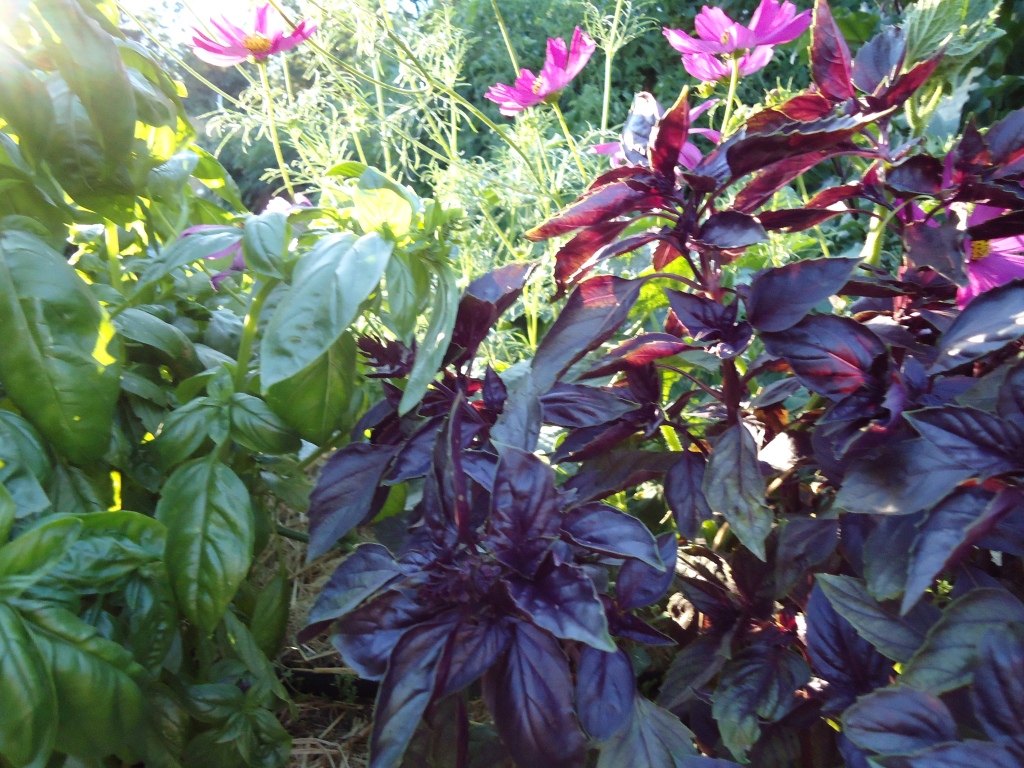
Our Red Rubin and Genovese Basil snuggle up with the cosmos. The Red Rubin is peppery, great to eat right out of the garden. My colleague Tony Finnerty made some amazing pesto with it.

These yellow wax beans are delicious raw, but I find them a little woody when I try to steam them. Note the weed on the left. I just learned its a type of amaranth, and it's giving me fits in the garden.

This butter lettuce is one of my favorite ingredients in Garden Salad. Garden Salad is consumed when you wander around a garden, weeding and grazing, until you've consumed an entire salad.

My spinach went bonkers. I'm trading it for garlic and milk, and we're also eating a lot of Mr. Lightcap's favorite chicken and spinach enchiladas--my own recipe.

We tried to guide our tomatoes the way I've seen them at Mountain Bounty and Riverhill Farms, two nearby commercial farms that run large CSA programs. We are crazy about our fun wall of tomatoes.

I don't have the grow-tomatoes-like-vines thing down perfectly yet. I planted them too close together. Next year I'll separate the full size from the cherries, and I'll give them twice as much space.

Our lone Padron pepper--this and the Anaheim are the only two doing well. Note the %#$@ amaranth again.

A popular commodity in northern California, Thai basil is definitely more work to grow than the other three varieties I've planted: Genovese, Sweet Italian, and Red Rubin. This variety has far more commercial viability. I need to learn how to efficiently stagger plantings in order to have a commercial crop.

We're growing three kinds of strawberries to see which we like best. So far it's a three way tie. Berries do very well at this low-alpine elevation. We're starting with strawberries, but hope to have several types of berries within five years, including blueberries, raspberries, and blackberries.
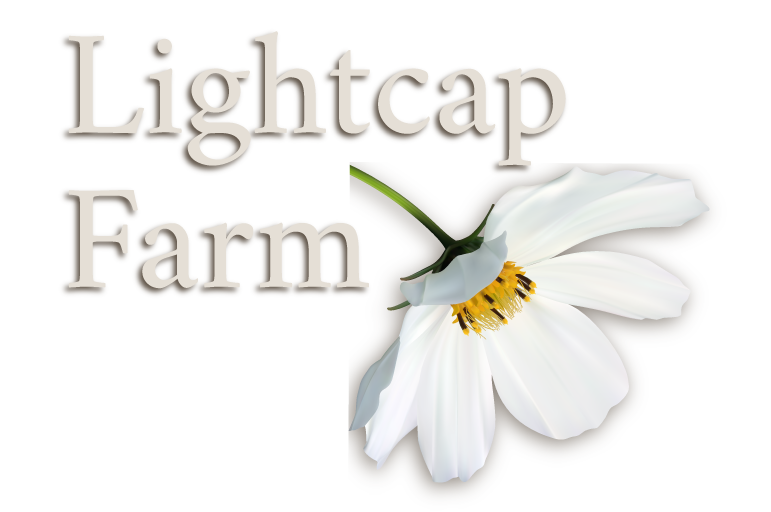

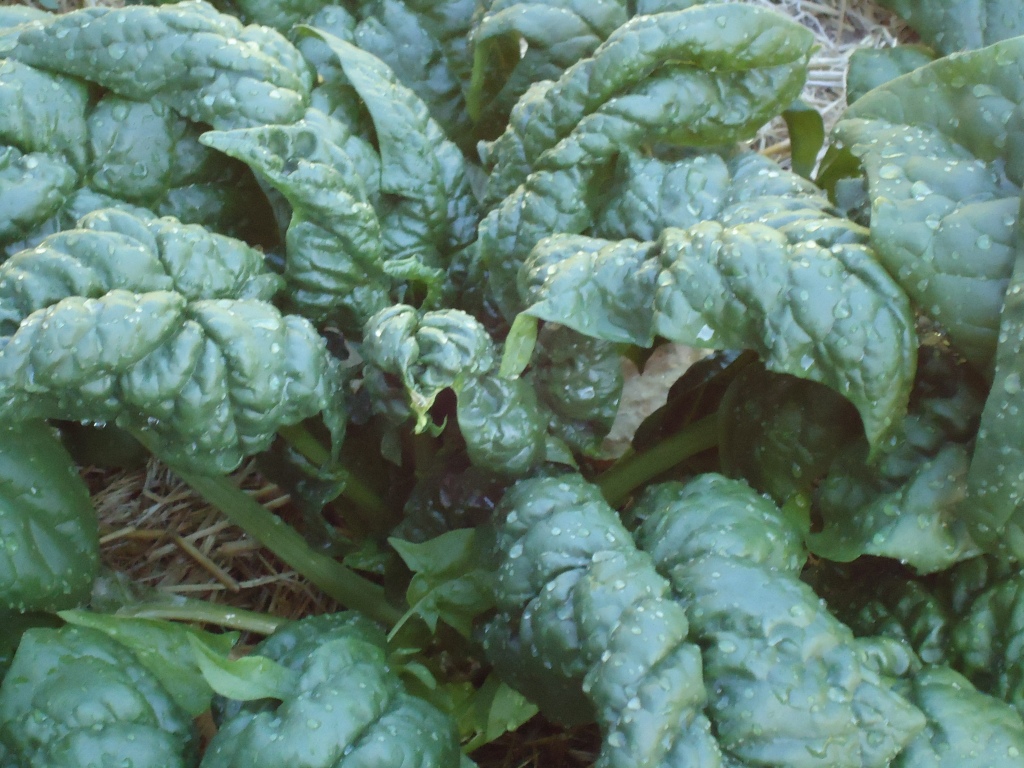



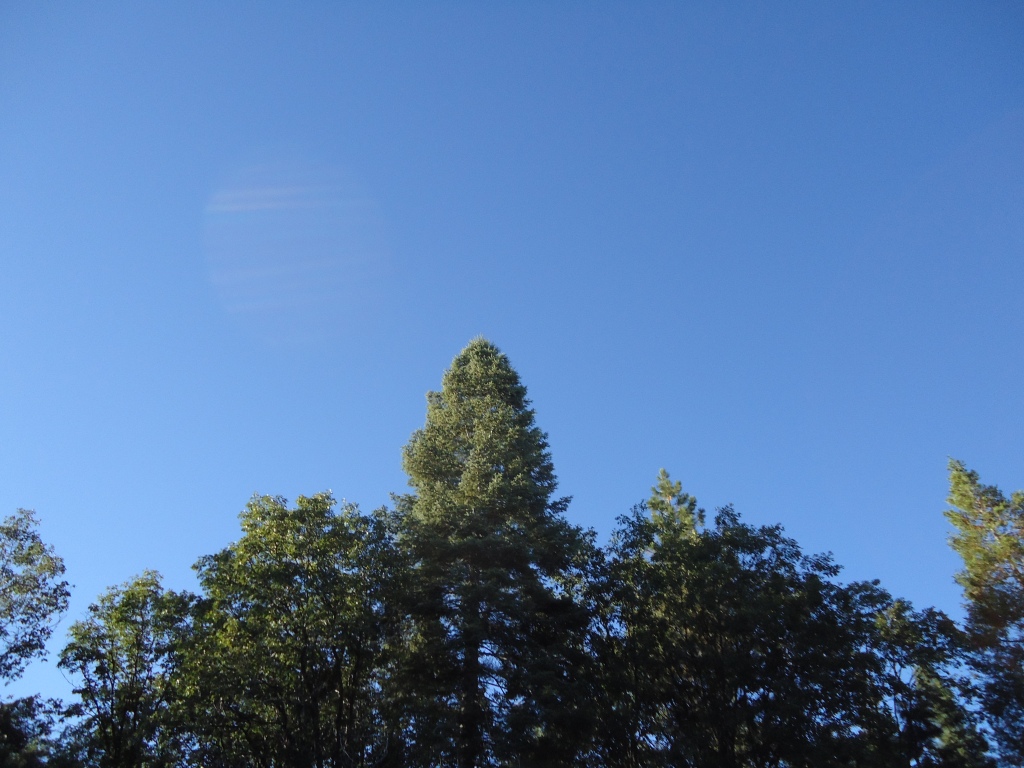
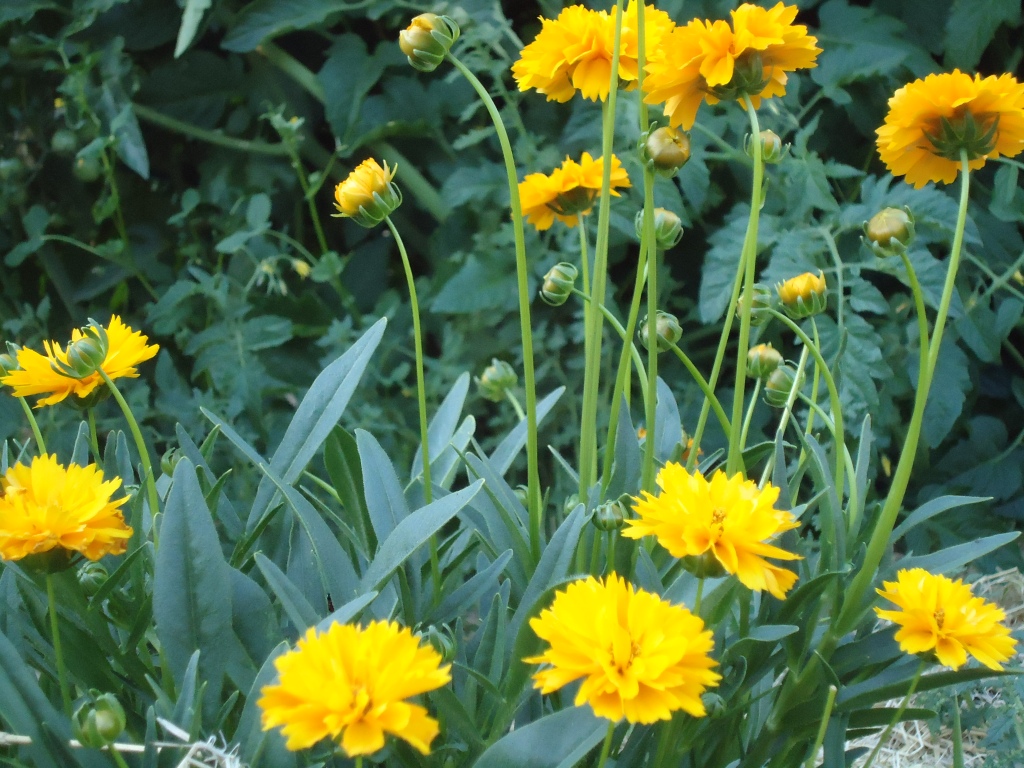

What a wonderful garden! Amazing that it was done so quickly!
Gorgeous garden, definitely a lot of love and care goes in to it.
wow.. your basil is great.. I love basil.. and your plants are huge and healthy. we also grow all of our own food.. for weeks now we have been completely home grown on the table every night even the meat. Long may it last Such a rush.. have fun c